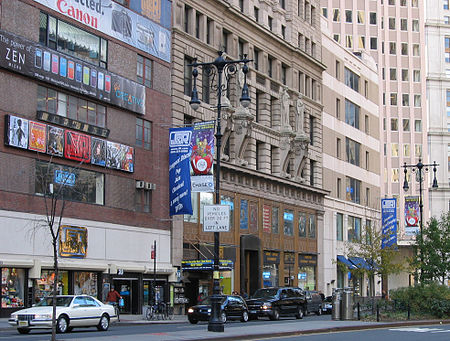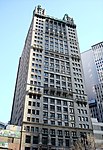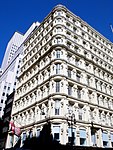J&R

J&R was an online electronics and music retailer, based in New York City. It had a well-known retail location on Park Row in Civic Center, Manhattan, across from New York City Hall, from 1971 to 2014. J&R stands for the founders Joe and Rachelle Friedman who established the company in 1971 after emigrating separately from Israel as young children. The heavily trafficked store had expanded from selling LPs to eventually encompassing J&R Music World and J&R Computer World, selling everything from Blu-ray Disc players to the latest electronic gadgets.J&R also had a location at Columbia University, which closed in late 2002. J&R later opened a J&R Express at the bottom level of Macy's Herald Square in 2006, and which was later closed in 2012.
Excerpt from the Wikipedia article J&R (License: CC BY-SA 3.0, Authors, Images).J&R
Park Row, New York Manhattan
Geographical coordinates (GPS) Address Nearby Places Show on map
Geographical coordinates (GPS)
| Latitude | Longitude |
|---|---|
| N 40.711388888889 ° | E -74.0075 ° |
Address
25 Park Row
Park Row 25
10038 New York, Manhattan
New York, United States
Open on Google Maps










